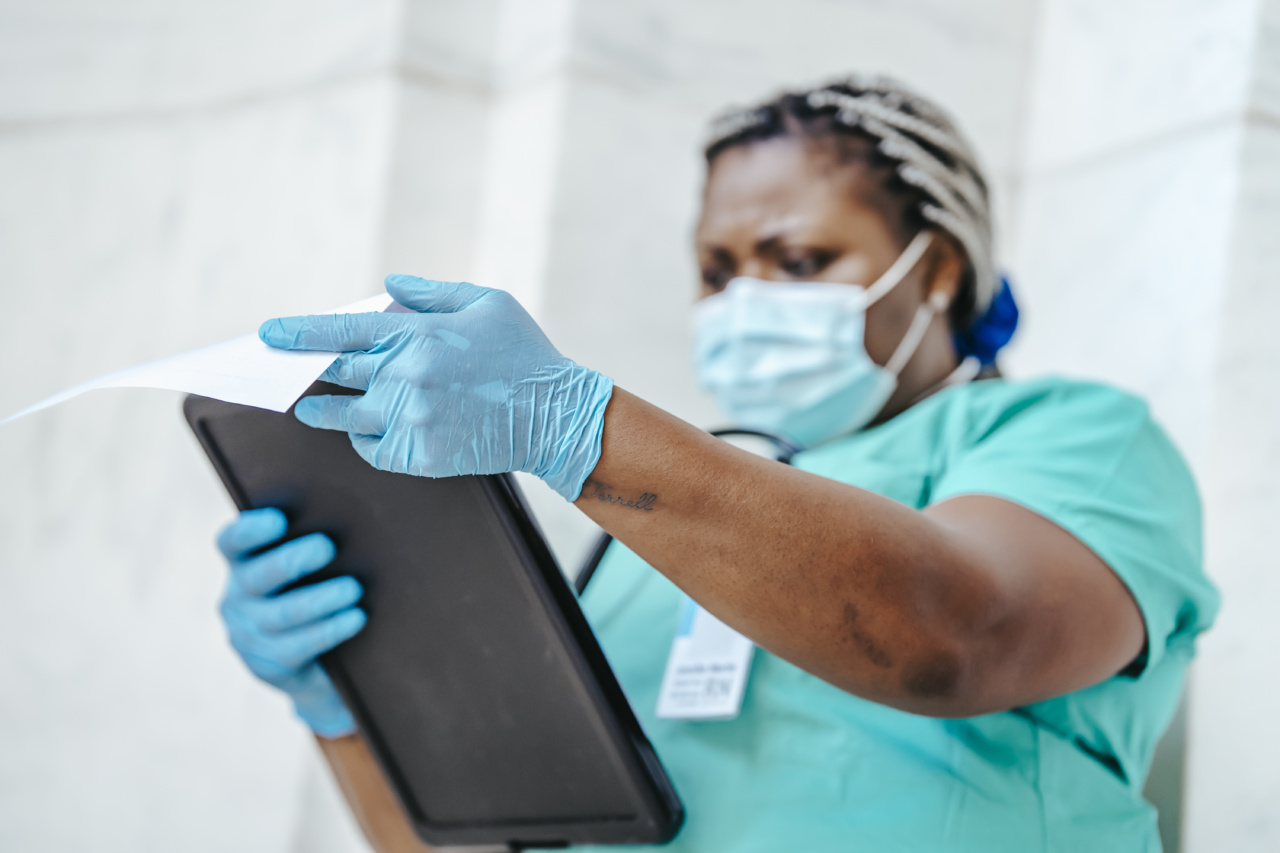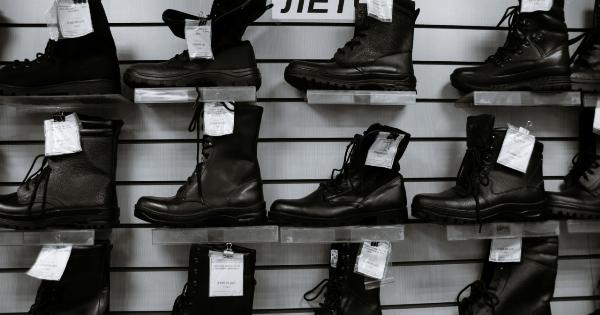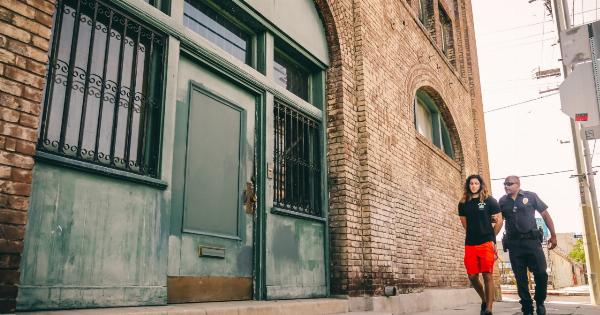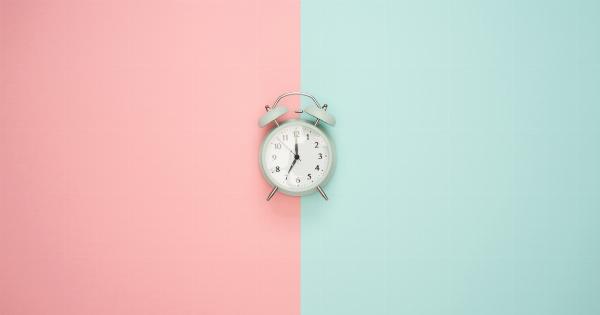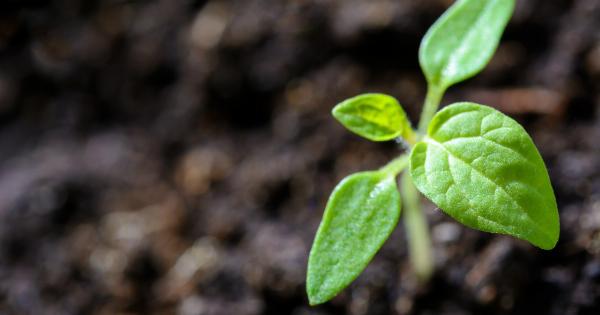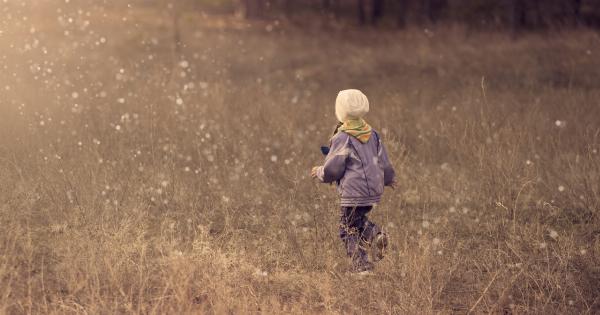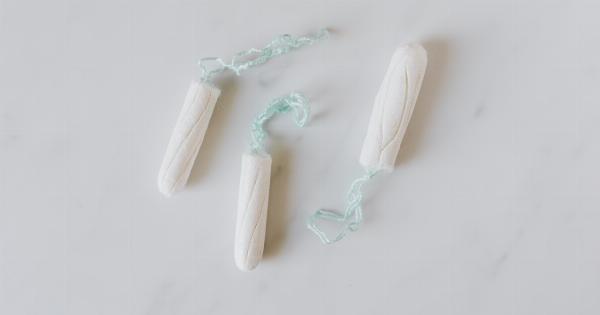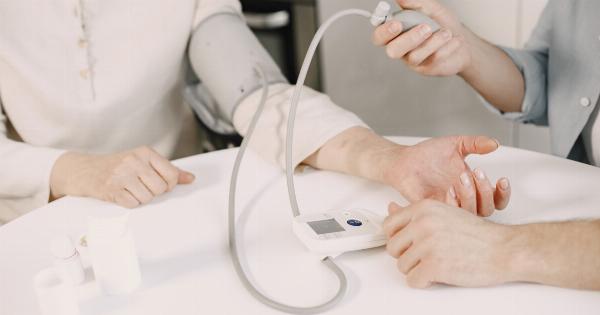Bleach is a common household cleaner that is often used to disinfect surfaces, bathrooms, and laundry. Despite its effectiveness in removing stains and killing germs, bleach can also be a respiratory threat if used improperly.
The harsh chemicals in bleach can cause irritation to the eyes, skin, and lungs, especially when it is not diluted properly or mixed with other substances. To learn more about the dangers of bleach and how to use it safely, read on.
What is Bleach?
Bleach is a chlorine-based chemical that is commonly used as a disinfectant and whitening agent. It works by breaking down the chemical bonds that hold together stains and dirt particles, making them easier to remove.
Bleach also kills germs and bacteria by denaturing their proteins, disrupting their cellular membranes, and preventing their reproduction.
How is Bleach Used?
Bleach can be used in many different ways, including:.
- Cleaning and disinfecting bathrooms, kitchens, and other household surfaces
- Whitening and brightening laundry
- Removing stains from fabrics and carpets
- Purifying water for drinking and swimming
The Dangers of Bleach
While bleach can be effective in killing germs and removing stains, it can also pose serious health risks if used improperly. Some of the dangers of bleach include:.
- Respiratory irritation and damage
- Eye and skin irritation and burns
- Chemical burns to the throat and lungs
- Accidental poisoning and ingestion
- Reaction with other cleaning products and chemicals, such as ammonia, to produce toxic gases
Respiratory Risks
One of the most serious risks associated with bleach is respiratory damage. When bleach is inhaled, it can irritate the nasal passages, throat, and lungs, causing coughing, wheezing, and shortness of breath.
Long-term exposure to bleach fumes can also lead to more serious respiratory problems, such as asthma, bronchitis, and chronic obstructive pulmonary disease (COPD).
Safety Precautions
To minimize the risks of using bleach, it is important to follow these safety precautions:.
- Wear protective gear, such as gloves and goggles, when handling bleach
- Dilute bleach properly before use
- Avoid mixing bleach with other cleaning products or chemicals
- Use bleach in a well-ventilated area
- Do not use bleach on porous surfaces, such as wood or granite
- Never ingest bleach or use it to clean food or cooking surfaces
Alternatives to Bleach
If you are concerned about the risks of using bleach, there are several safer alternatives that you can try, including:.
- Vinegar
- Baking soda
- Lemon juice
- Hydrogen peroxide
Conclusion
While bleach can be an effective way to disinfect and clean your home, it is important to use it safely and responsibly. Always follow the proper precautions when handling bleach, and consider using safer alternatives when possible.
By taking these measures, you can protect yourself and your family from the harmful effects of bleach and other harsh chemicals.
